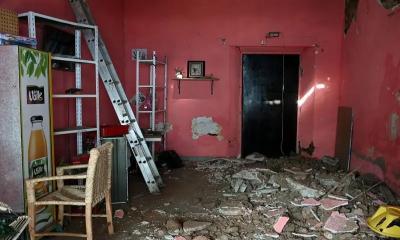Bangladesh, India, and Nepal have finalised the draft of a tripartite power trade agreement, a development in line with New Delhi`s efforts to forge greater energy connectivity across the neighbourhood, people familiar with the matter said.
The proposed pact, the first of its kind, has been agreed to by the three countries and is expected to be signed in the coming months, the people said. The agreement will also meet a long-standing demand from Nepal and Bangladesh to allow the trading of power through the Indian grid, reports the Hindustan Times.
During Nepal Prime Minister Pushpa Kamal Dahal`s visit to New Delhi at the beginning of June, he and his Indian counterpart Narendra Modi unveiled plans for India to facilitate the export of hydropower from Nepal to Bangladesh. Dahal said a beginning will be made by exporting 50 MW, though the people said there is potential for this to be ramped up once the agreement is in place.
The move fits in with efforts by India in recent years to forge greater energy connectivity with Bangladesh, Bhutan, Nepal and Sri Lanka through electricity transmission networks and petroleum pipelines. An unstated objective is also to reduce the dependence of neighbours on China, they added.
In the past, electricity trade with neighbours was done under bilateral agreements. The finalisation of new guidelines for Cross-Border Trade of Electricity (CBTE) in recent years served as building blocks for the new arrangements. The guidelines, evolved after consultations with all stakeholders, allow neighbouring countries to purchase and sell power through the Indian grid and participate in Indian power exchanges, the people said.
"The neighbours can feed power into the Indian grid at one point and pull it out elsewhere, something that can help a country like Nepal to send surplus power from one region to another via India. There is a greater flow of energy and greater connectivity," one of the people said.
The guidelines were drafted in such a way that power from any Chinese-funded power plant in a neighbouring country cannot be traded through the Indian grid, the people said.
"India acts as a fulcrum and the modalities are decided by market forces. India also benefits from transit fees," the person cited above said.
In addition to constructing electricity transmission infrastructure in Nepal and Bangladesh, India has helped build cross-border pipelines with both countries. South Asia`s first trans-border petroleum pipeline, linking Motihari in Bihar to Amlekhgunj in Nepal and built at a cost of ₹324 crore, was launched in 2019 and has supplied 2.8 million metric tonnes of diesel to Nepal.
During Dahal`s visit, the two sides broke ground for the second phase of this pipeline to be built for ₹183 crore. The two sides also agreed to build a second pipeline to link Siliguri in India and Jhapa in Nepal.
In March this year, India and Bangladesh launched a ₹377-crore cross-border pipeline that is expected to supply one million metric tonnes of diesel annually from Assam`s Numaligarh refinery to northern parts of the neighbouring country. The length of the pipeline is 132 km and a 127 km stretch within Bangladesh was built with an Indian grant.
During the economic crisis in Sri Lanka, part of India`s support worth $4 billion consisted of lines of credit to help meet Colombo`s requirements for fuel and LPG. State-run Indian Oil Corporation supplied fuel through its subsidiary Lanka IOC in June last year when petrol pumps in Sri Lanka went dry. Sri Lanka and India have also agreed to jointly develop the oil tank farms in Trincomalee amid growing concerns over China`s influence in the country.
When Modi made his first foreign visit to Nepal in 2014, just three months after assuming office, he unveiled the "HIT" formula for forging links through highways, i-ways and trans-ways. He addressed Nepal`s key concerns – the oil should be exported through pipeline instead of trucks, bridges should be built over shared rivers and facilities created for exporting electricity.
"As a result of this diplomatic effort, we are already importing more than 450 MW of power from Nepal and the target is to take it to 10,000 MW," a second person said. India also buys hydropower from Bhutan and such energy cooperation forms a key element of India`s "Neighbourhood First" policy.
Following problems in building an underwater transmission line, there is now a plan to construct an overhead power grid link with Sri Lanka. As in the case of Nepal, state-run power companies have been asked to explore the development of projects in Sri Lanka, the second person said.
The G20 summit to be held in September is expected to pass an India-backed declaration to ensure supply chain security with emphasis on regional cooperation, the second person said. As part of these efforts, there are plans to set up a regional power grid comprising Myanmar, Bhutan, Bangladesh, Nepal and Sri Lanka.







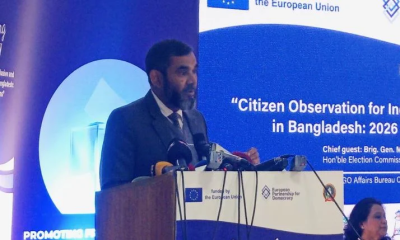

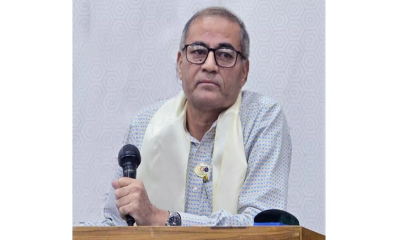
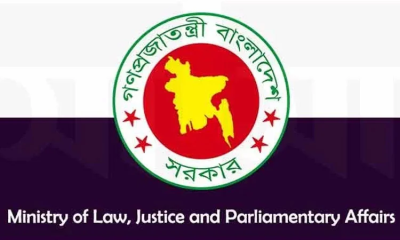
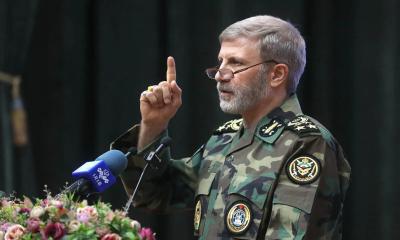
-20260107111805.webp)
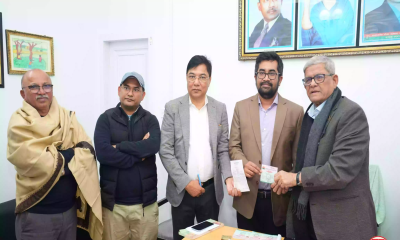
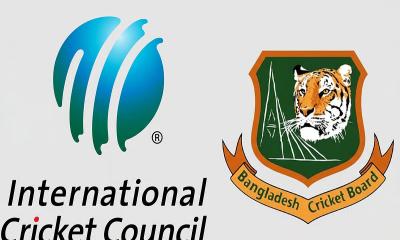

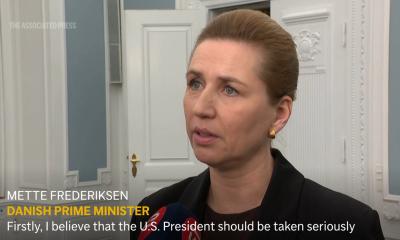
-20260107070753.jpeg)
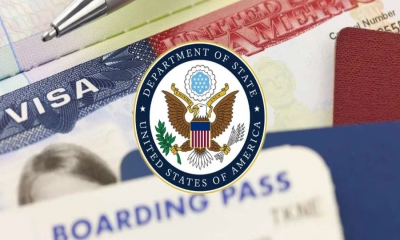
-(2)-20260102070806.jpeg)


-(25)-20251122062715-20260105041159.jpeg)
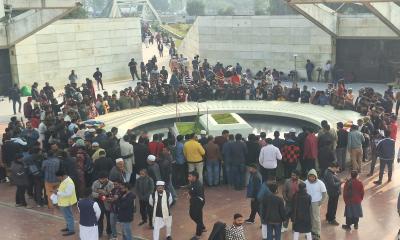

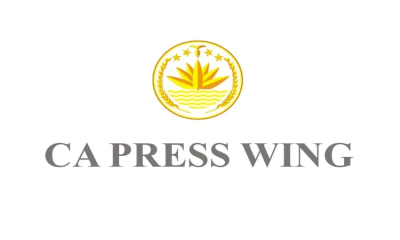
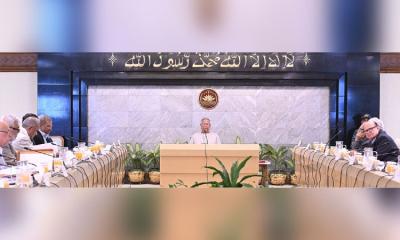

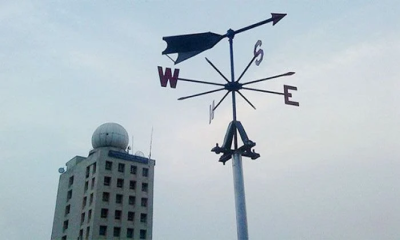

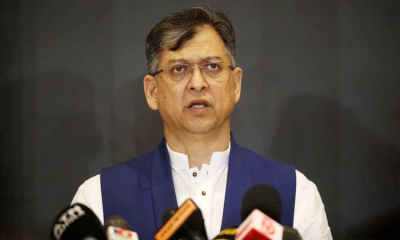
-20260103102222.webp)
